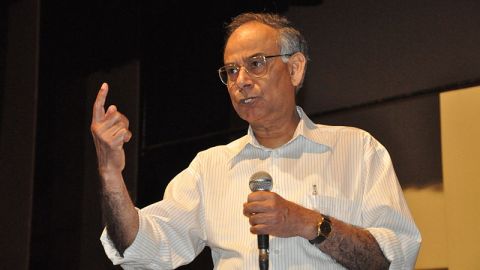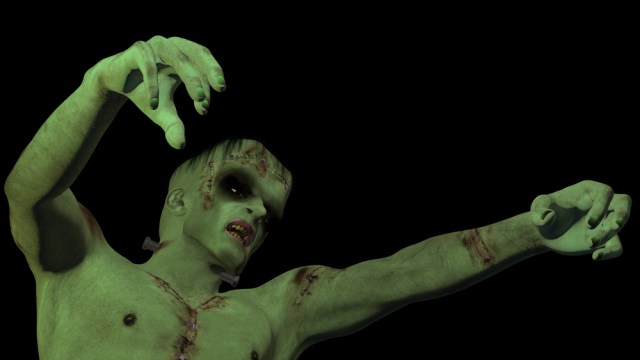Inside the Muddle of Gene Patents

I think patenting genes was a mistake from the beginning and it came out of a history of patenting organisms that started with something called the Chakrabarty Organism, which was an oil eating bacteria in which Chakrabarty argued – before that, you couldn’t patent a living thing, even a selectively bred living thing. But Chakrabarty’s argument was that he had created something that could not exist in the normal scheme of things.
He had used genetic technologies to create this creature that one could not have created otherwise and therefore it was an original creation. And they patented it. And I think that was fine. I’m not opposed to that.
But using that line of reasoning, we then got to genes. And technically, actually, what is being patented is not genes, that is, you have genes in your body and whatever company owns the patent on one of those genes does not have the right to come and take your genes, whatever that would mean, or you have the right to use it. What they’ve actually patented is any way to look into that gene so as to sequence it or understand its nature.
What I think is problematic is they didn’t patent the way to look in there. In other words, the patents are conceptualized such that if I created a whole new way to see what the sequence of that gene is, I still have to pay them a license because they didn’t patent the way to see a gene. They actually patent any possible way of understanding that gene sequence. And that’s what we mean by patenting a gene. They have exclusive rights to that gene in its use, no matter even if I discovered an absolute novel way to see that gene. And I think that that’s a mistake.
The argument that was used to try to convince the patent office was one about, well if we don’t do this, then we’ll lose an incentive to try to map these genes, and that was nonsense. These genes were going to be mapped anyway. There were enormous economic and other kinds of possibilities through the mapping of genes. And then – and by the way, now we can do it virtually in 10 minutes. And so the whole rationale at the time, I think, was misguided.
The problem is the patent office is a technical office. And what the patent office couldn’t do, it didn’t have the wherewithal to do, but probably should have, was step back and say, the desire to patent this gene is not about patenting this gene. It is about an entire new biotechnological means of understanding life that is dawning right now. And instead of making the decision based on the narrow criteria of this one patent application, we need to step back and say, this is going to have repercussions, implications going forward for generations. We need to explore in a broader sense what the implications of this are. And of course they didn’t. And because of that, we just had a recent court ruling where Myriad Genetics, which owns the patents on the breast cancer genes, BRCA1 & 2, just got that gene patent reversed in court.
And so where are we now? We’re in the midst of a muddle about how to understand the nature of patenting genes. And the reason we are in that muddle is because the work wasn’t done ahead of time to come up with a serious, knowledgeable, understandable way to think about this going forward into the future.
Well if that happened with gene patents, it going to happen with a lot of other technologies as well. And so I think what we really need is to be a lot more thoughtful about the way in which society thinks about new biotechnologies as they emerge. And kind of like in the way that our educational system isn’t really designed anymore to handle the needs of modern education, it may be possible that our patent system, which is also a 19th century system, isn’t really designed right anymore for modern biotechnological patents.
In Their Own Words is recorded in Big Think’s studio.
Image courtesy of Shutterstock




